At a glance
More work is needed to meet national quality of life goals—including physical health, mental or emotional health, and housing, financial, and food security—and HIV stigma. In 2022, 70% of people with HIV reported good or better self-rated health and 27% had unmet needs for mental health services among those with a need. People with HIV experienced challenges with unstable housing or homelessness (18%), unemployment (11%), hunger/food insecurity (19%), and with HIV stigma.
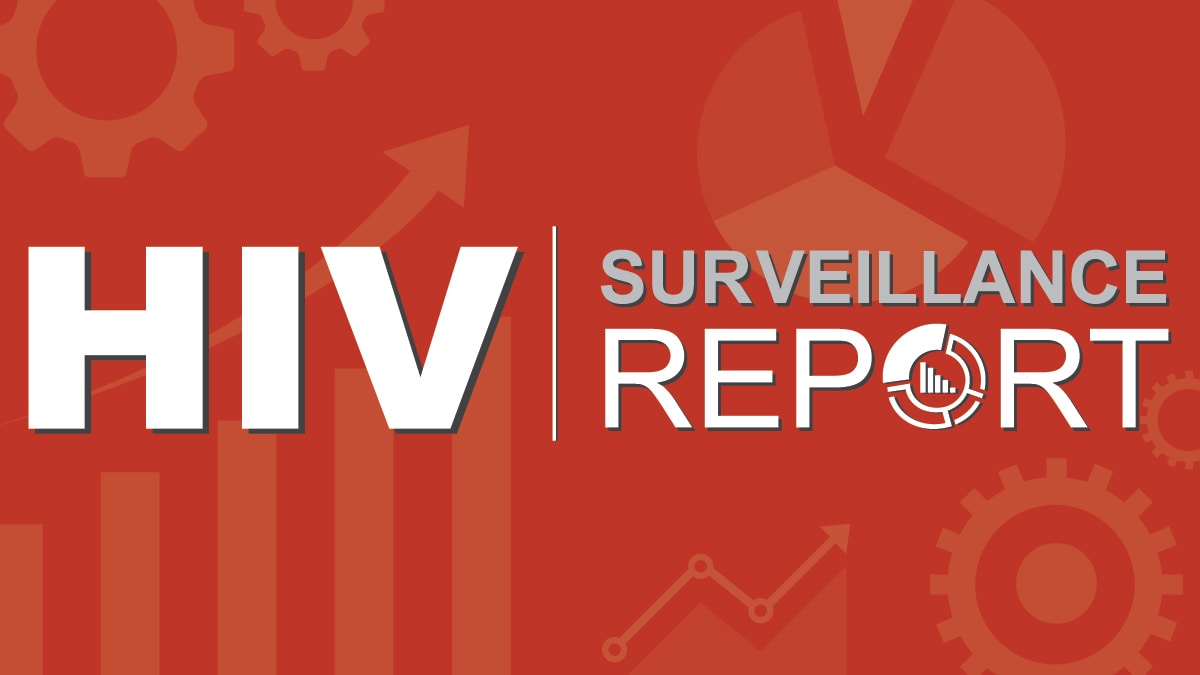
Key findings
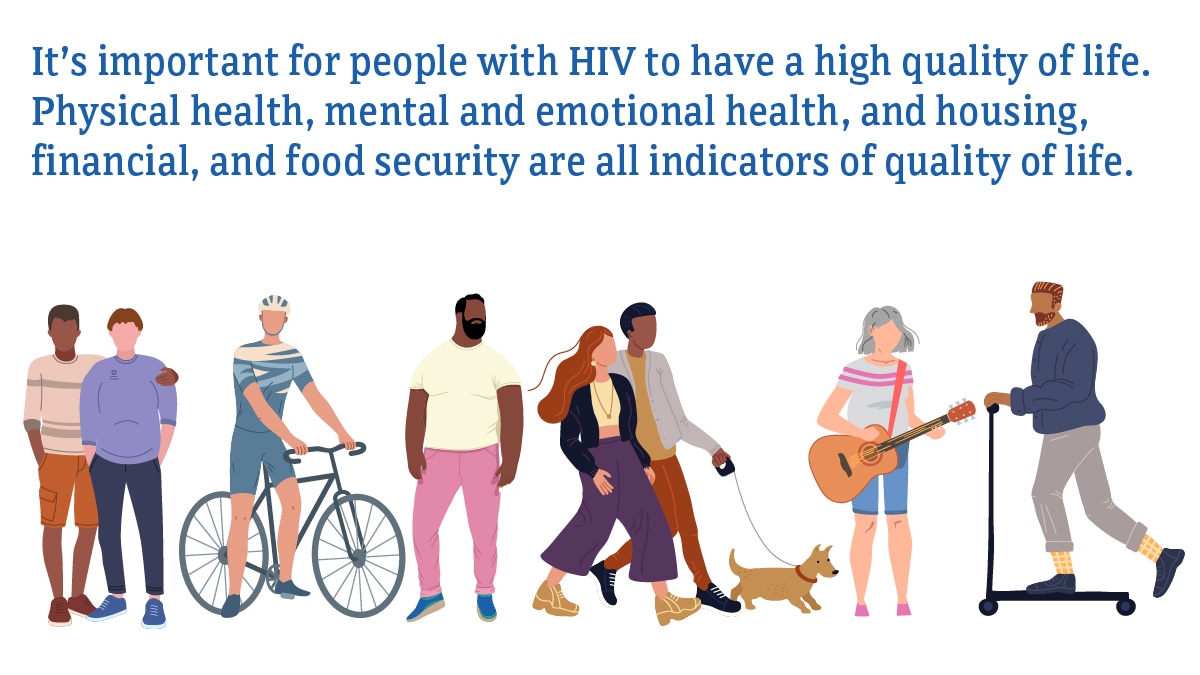
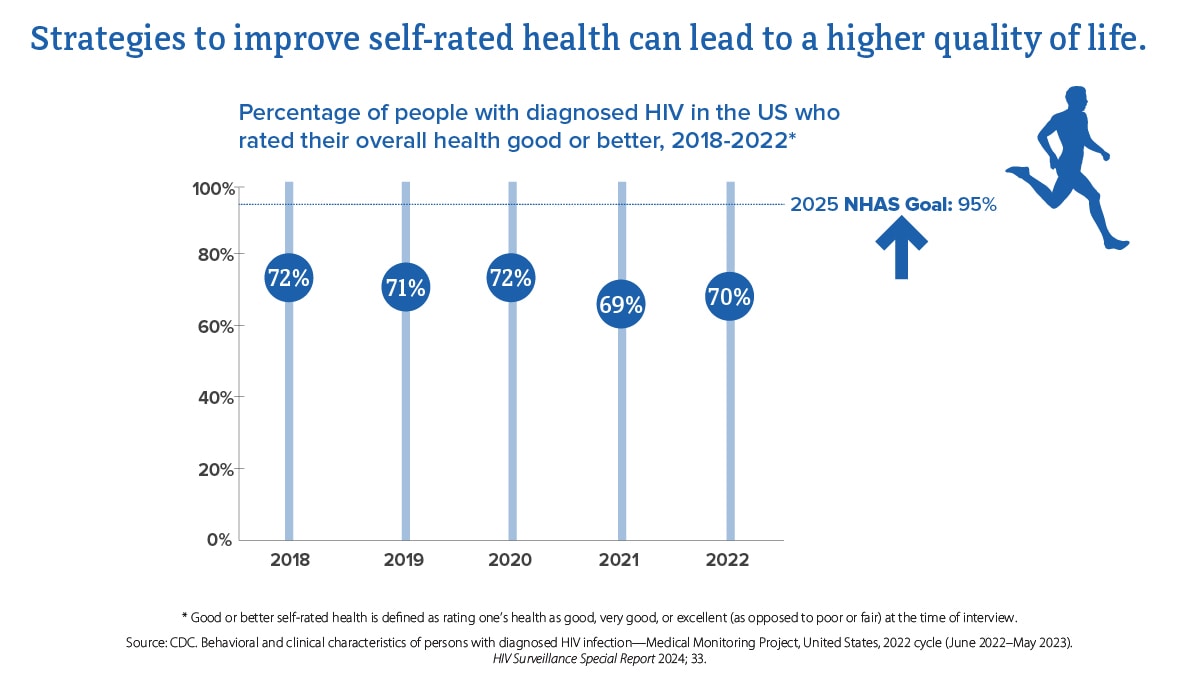
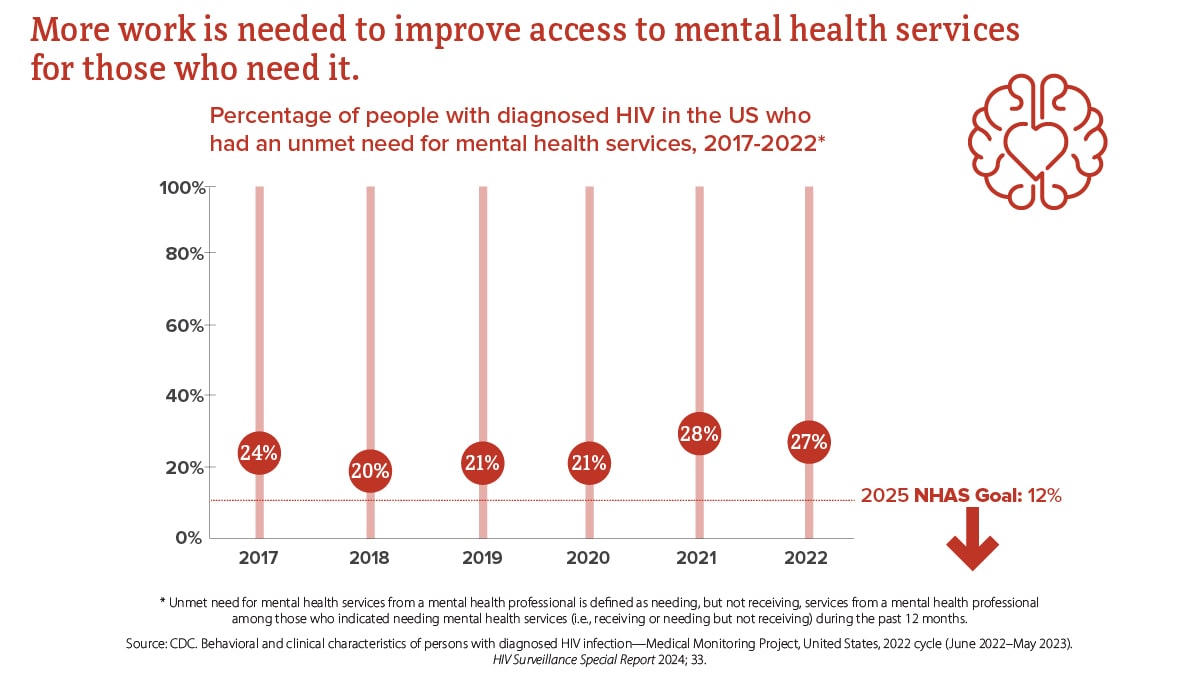
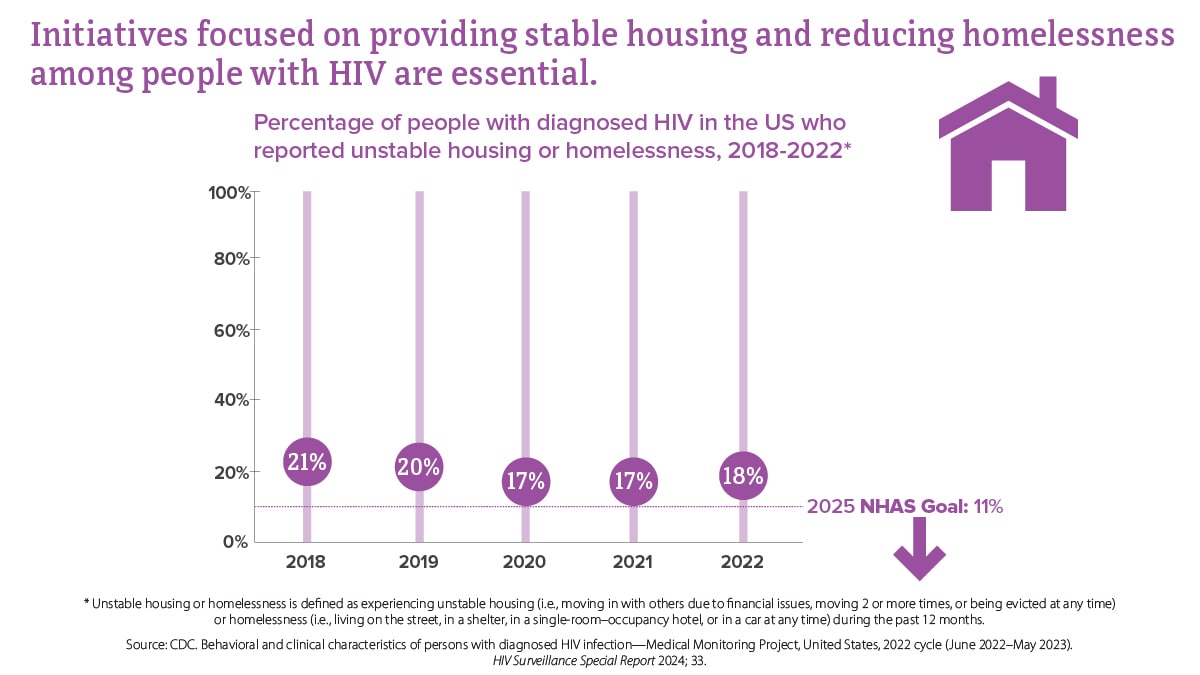
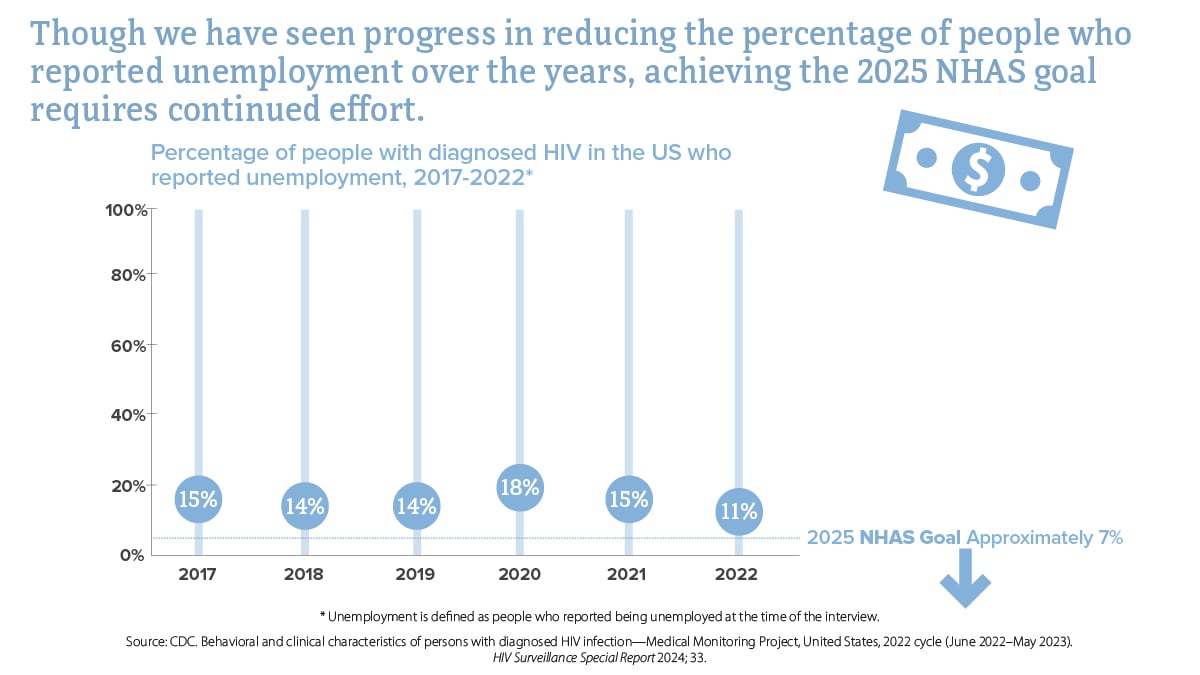
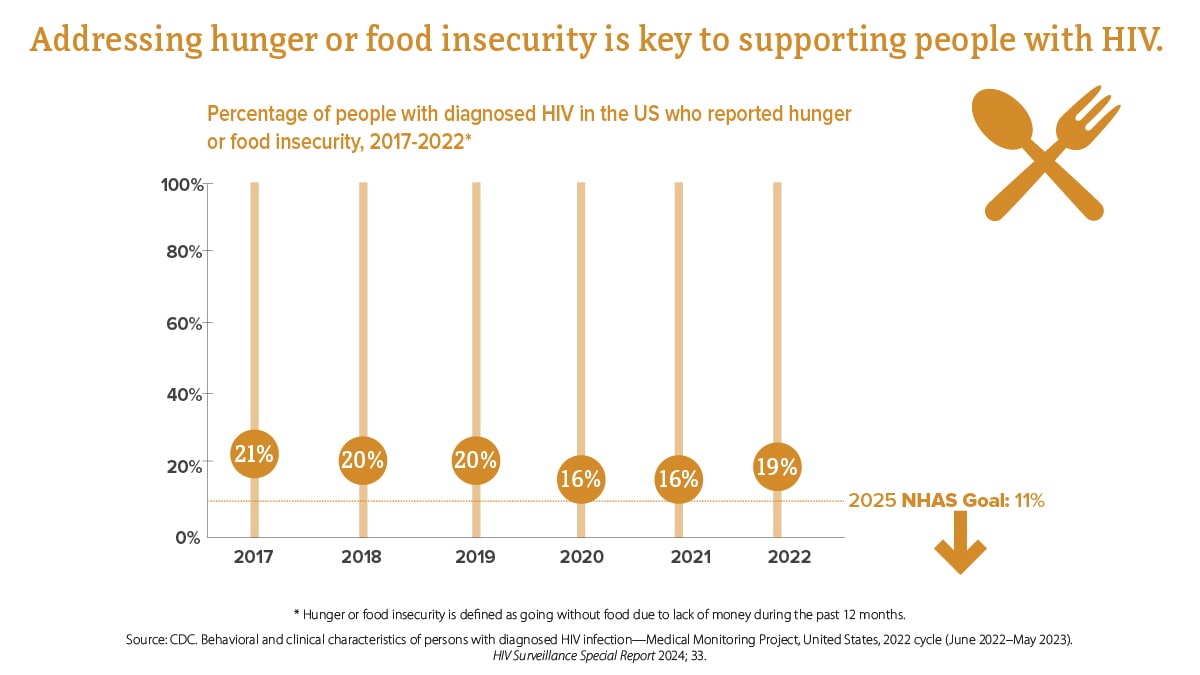
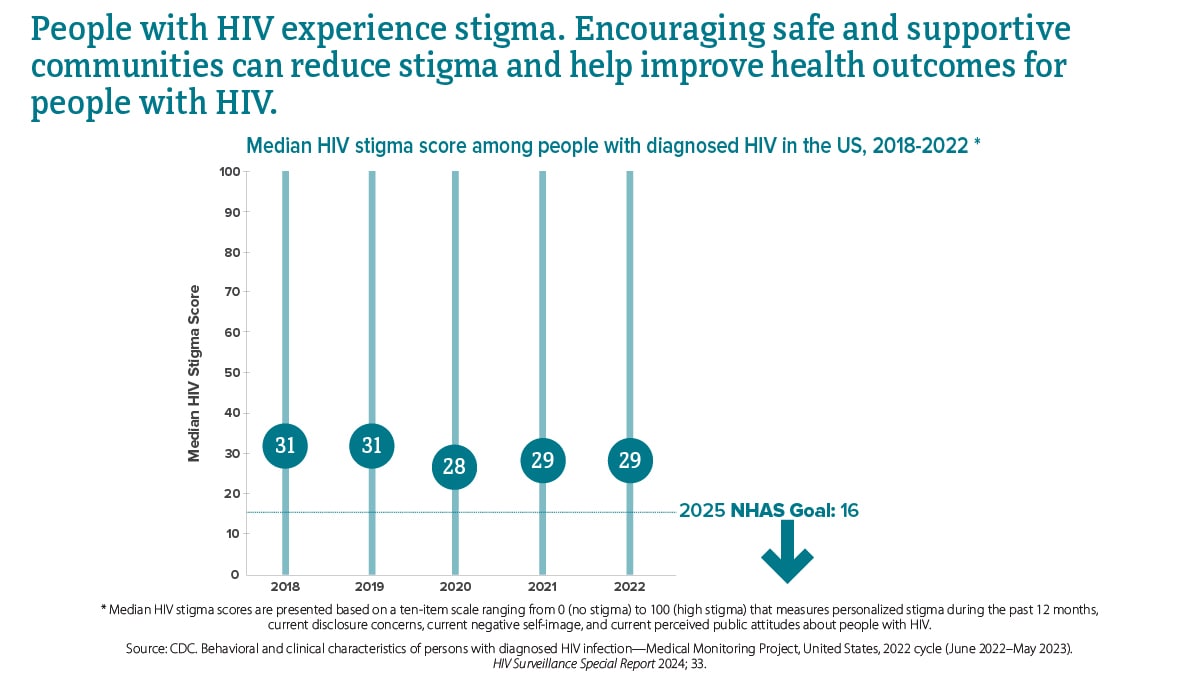
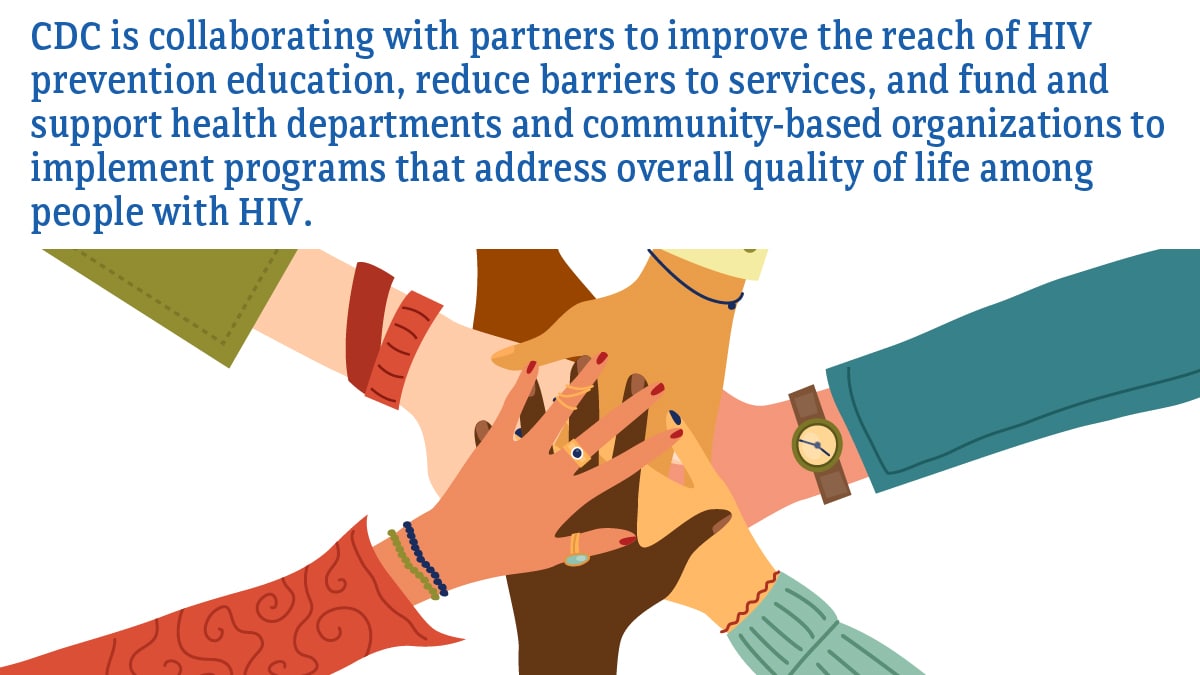
Using this data
Technical notes
For the most up-to-date technical notes for HIV surveillance and monitoring, see the Technical Notes in the NCHHSTP Atlas Plus.
Suggested citation
Centers for Disease Control and Prevention. Behavioral and Clinical Characteristics of Persons with Diagnosed HIV Infection—Medical Monitoring Project, United States, 2022 Cycle (June 2022–May 2023). HIV Surveillance Special Report 36. https://stacks.cdc.gov/view/cdc/159149. Published July 2024. Accessed [date].
